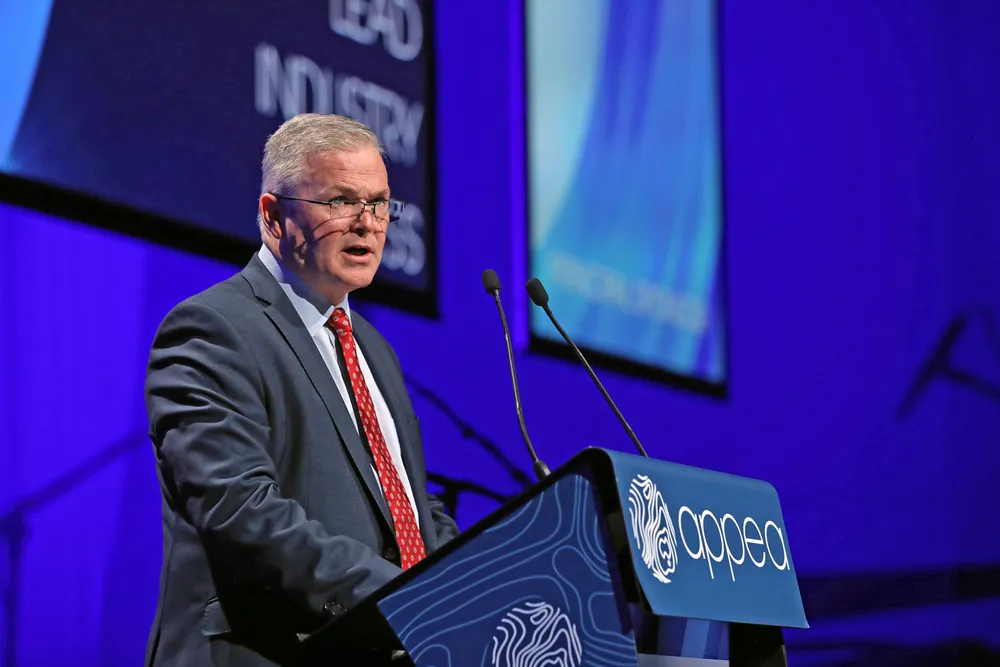Santos looking to supply blue hydrogen to New South Wales in study with Qenos
Production could be used to replace some of the ethane Qenos uses to fuel its operations in Port Botany

Production could be used to replace some of the ethane Qenos uses to fuel its operations in Port Botany
